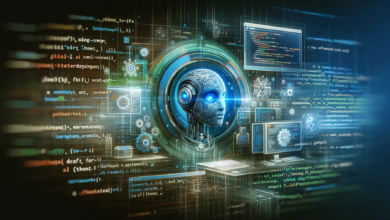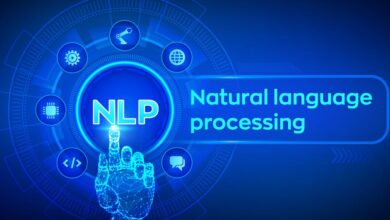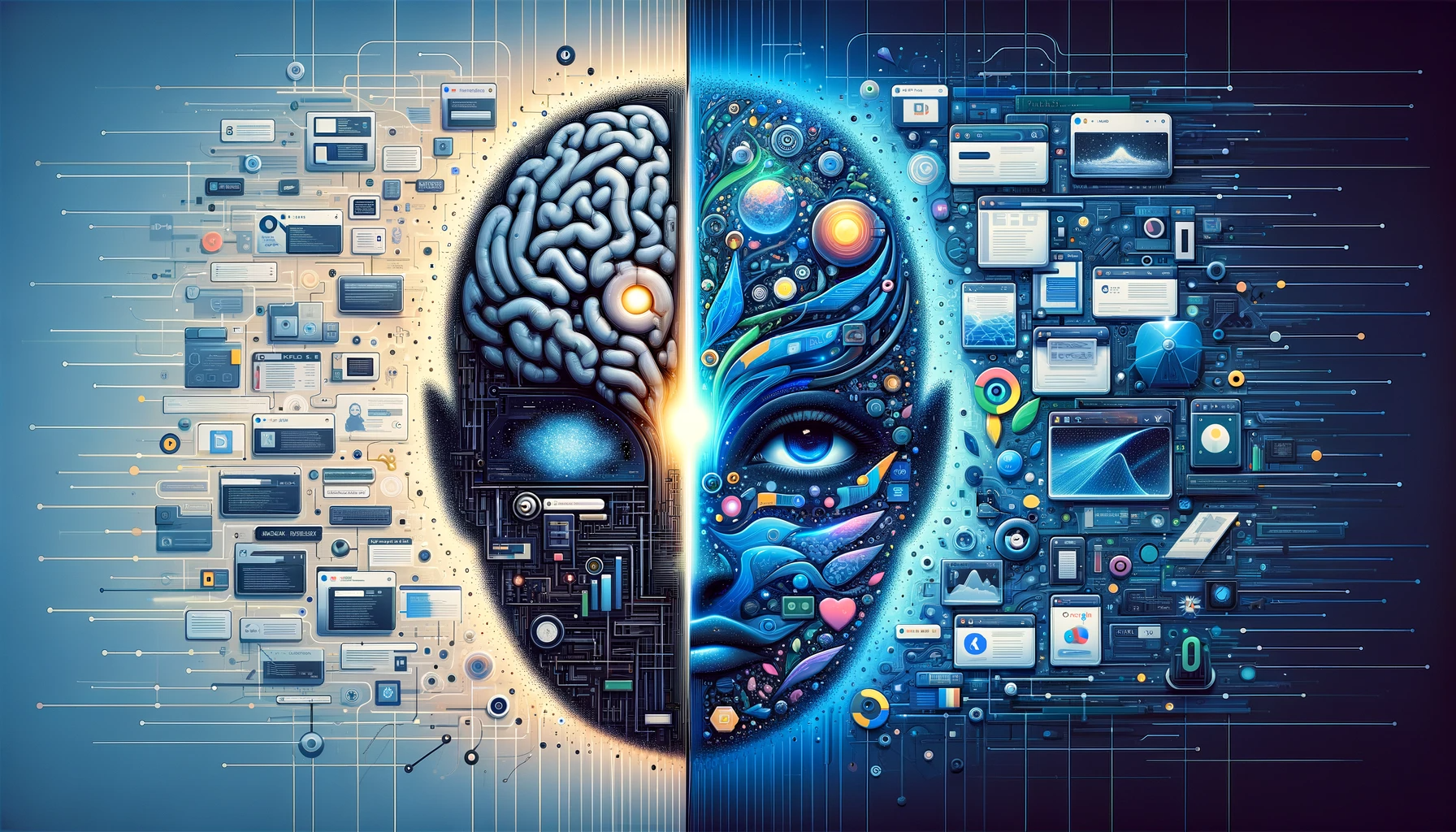Machine Learning in the Education Field
In recent years, machine learning has emerged as a transformative force in various industries, and education is no exception. This article delves into the profound impact of machine learning in the field of education, revolutionizing the way we learn, teach, and interact with educational content.

Table of Contents
Understanding Machine Learning
Definition of Machine Learning
Machine learning is a subset of artificial intelligence (AI) that allows systems to learn and improve from experience without being explicitly programmed.
How Machine Learning Works
It involves the use of algorithms and statistical models to perform tasks without relying on explicit instructions, but rather by relying on patterns and inference.
Personalized Learning Paths
Tailored Curriculum
Machine learning algorithms analyze individual learning styles and preferences to create customized learning paths for students.
Adaptive Assessments
Continuous assessment and feedback mechanisms adapt to a student’s progress, ensuring the material remains challenging yet manageable.
Enhanced Educational Content
Intelligent Content Creation
Machine learning algorithms assist in generating content that is tailored to the specific needs and interests of learners.
Natural Language Processing
This technology enables the conversion of text into a format that is easily understood by machines, allowing for more efficient content consumption.
Predictive Analytics for Student Success
Early Warning Systems
Machine learning can identify early signs of struggling students, allowing for timely intervention and support.
Graduation and Career Path Predictions
Based on historical data, machine learning algorithms can predict potential career paths for students, assisting in making informed decisions.
Automating Administrative Tasks
Streamlining Enrollment Processes
Automation reduces the time and effort required for student enrollment, allowing educational institutions to focus on more strategic initiatives.
Financial Aid Allocation
Machine learning can help optimize the allocation of financial aid based on individual student needs and eligibility.
Ethical Considerations in Machine Learning Education
Bias and Fairness
Ensuring algorithms are free from biases that could disadvantage certain groups of students.
Data Privacy and Security
Safeguarding sensitive student information and ensuring compliance with privacy regulations.
Conclusion
Machine learning is reshaping the landscape of education, offering personalized learning experiences, predictive analytics, and administrative efficiency. Embracing this technology allows us to create a more inclusive, effective, and engaging educational environment.
FAQs
- What are some real-world examples of machine learning in education?
Machine learning is used in applications like intelligent tutoring systems, personalized learning platforms, and plagiarism detection tools. - How can educators incorporate machine learning into their teaching methods?
Educators can collaborate with developers to integrate machine learning applications into their existing platforms or use third-party solutions. - Is there a risk of over-reliance on machine learning in education?
While machine learning offers many benefits, it should be used in conjunction with traditional teaching methods to ensure a well-rounded education. - How can educational institutions address concerns about data privacy in machine learning applications?
Institutions should implement robust data protection policies, employ encryption measures, and regularly audit their systems for compliance. - Where can I learn more about the latest advancements in machine learning in education?
Stay updated by following reputable educational technology publications, attending conferences, and participating in online forums dedicated to this topic.




